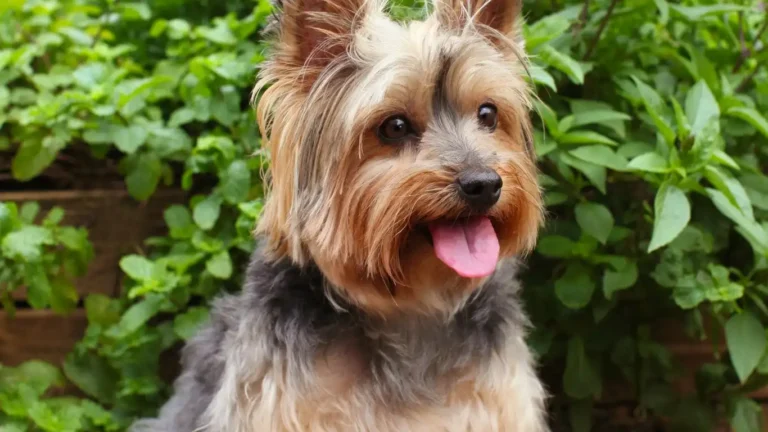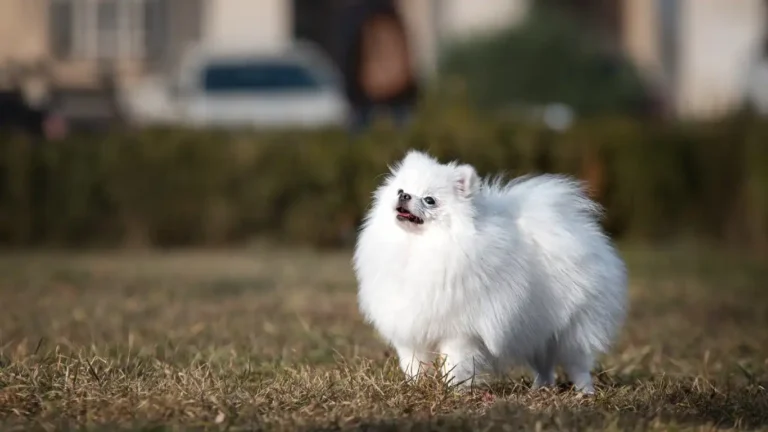Why Using Enrichment Transforms Problem Dog Behavior Fast
If you’ve ever come home to a shredded couch cushion, gnawed doorframe, or mysteriously missing sock, you’re not alone—and you’re definitely not a bad dog parent. As someone who’s worked in veterinary clinics for years and now specializes in canine nutrition, I can tell you this: behavior issues often have less to do with training and more to do with unmet needs. That’s why learning how to use enrichment to improve dog behavior can be a total game-changer. Trust me, this stuff works. Not just for preventing the chaos but for giving your dog a more fulfilled, balanced life.
Why Dogs Need Mental and Physical Stimulation

Dogs aren’t just furry couch ornaments. They’re complex, emotional creatures with real needs—and I don’t just mean food and belly rubs (though both are key perks). Our canine friends need mental challenges and physical outlets to stay happy and healthy. Without these? You’re basically living with a bored toddler who has teeth and no thumbs. Not a great combo.
Back in the clinic, I remember working with this gorgeous Aussie Shepherd named Luna. Super smart, but her family kept bringing her in for stress-related GI issues. Turned out, she was just bored out of her mind. Once we introduced daily puzzle toys and scent games into her routine, her symptoms started to vanish. True story.
Behavioral Red Flags of a Bored Dog
Dogs will find a way to express their frustration—and not in a way we usually appreciate. Here are some behaviors that could point to a lack of enrichment:
- Destructive chewing
- Incessant barking or whining
- Digging (yes, even in the middle of your living room rug)
- Hyperactivity or constant pacing
- Obsessive behaviors, like tail chasing or licking
Enrichment isn’t just a luxury—it’s a vital part of behavioral health.
How to Use Enrichment to Improve Dog Behavior
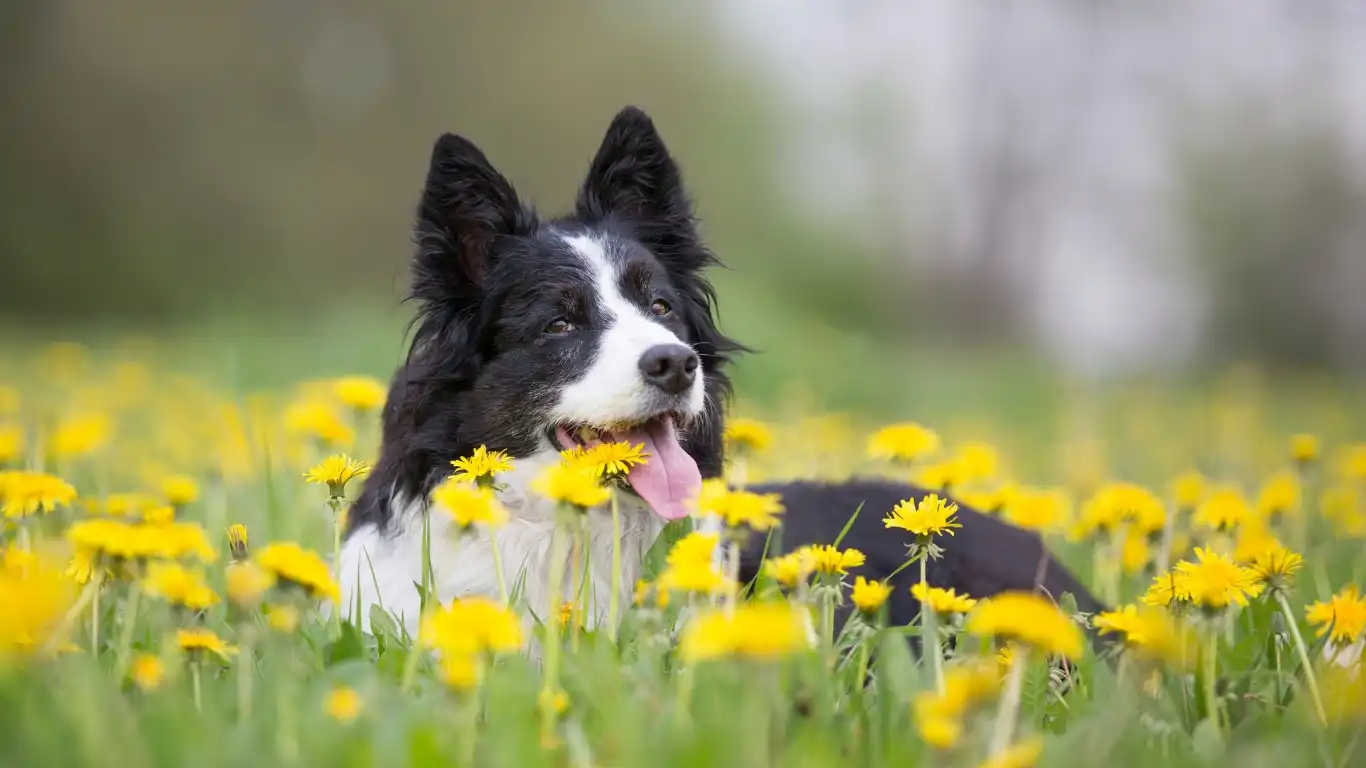
Okay, now let’s talk solutions. The whole idea behind enrichment is to mimic the mental and physical challenges dogs would naturally face in the wild. When you bring that into your home, you’re offering them a healthy outlet—and giving yourself some peace and quiet, too.
Types of Enrichment That Actually Work
There are five main categories of enrichment, and you don’t need to hit them all every day. Mix and match depending on your dog’s personality, age, and energy level.
- Food Enrichment: Think puzzle feeders, snuffle mats, and frozen treat toys. One of my go-tos? A rubber toy stuffed with canned dog food and a smear of peanut butter, then frozen. Keeps ’em busy for ages.
- Sensory Enrichment: Introduce new smells, textures, or sounds. You’d be amazed at how interested dogs get in a towel rubbed on another animal (safely, of course).
- Physical Enrichment: Walks are great, but so are hikes, agility courses, or even a kiddie pool in the backyard. Let them dig, splash, and explore.
- Social Enrichment: Controlled playdates, doggy daycare, or even training classes provide valuable interaction.
- Mental Enrichment: Teaching new tricks, rotating toys, or hiding their meals in different spots around the house.
I usually recommend starting with one or two forms of enrichment and building from there. No need to go full Pinterest-mom overnight. It’s about consistency and finding what lights your dog up.
Signs Your Enrichment Strategy is Working
Here’s the magic part: you’ll start to notice your dog becoming more relaxed, more focused, and way less interested in destroying your furniture. Their energy will be more balanced, and you’ll likely see improvements in things like leash manners and recall too. It’s wild how connected all this is.
And hey, the bonus? Bonding. When you invest in your dog’s mental and emotional well-being, it deepens your relationship in the best way. That wagging tail becomes a lot more meaningful when you know you’re truly meeting their needs.
Creating an Enrichment Routine That Sticks
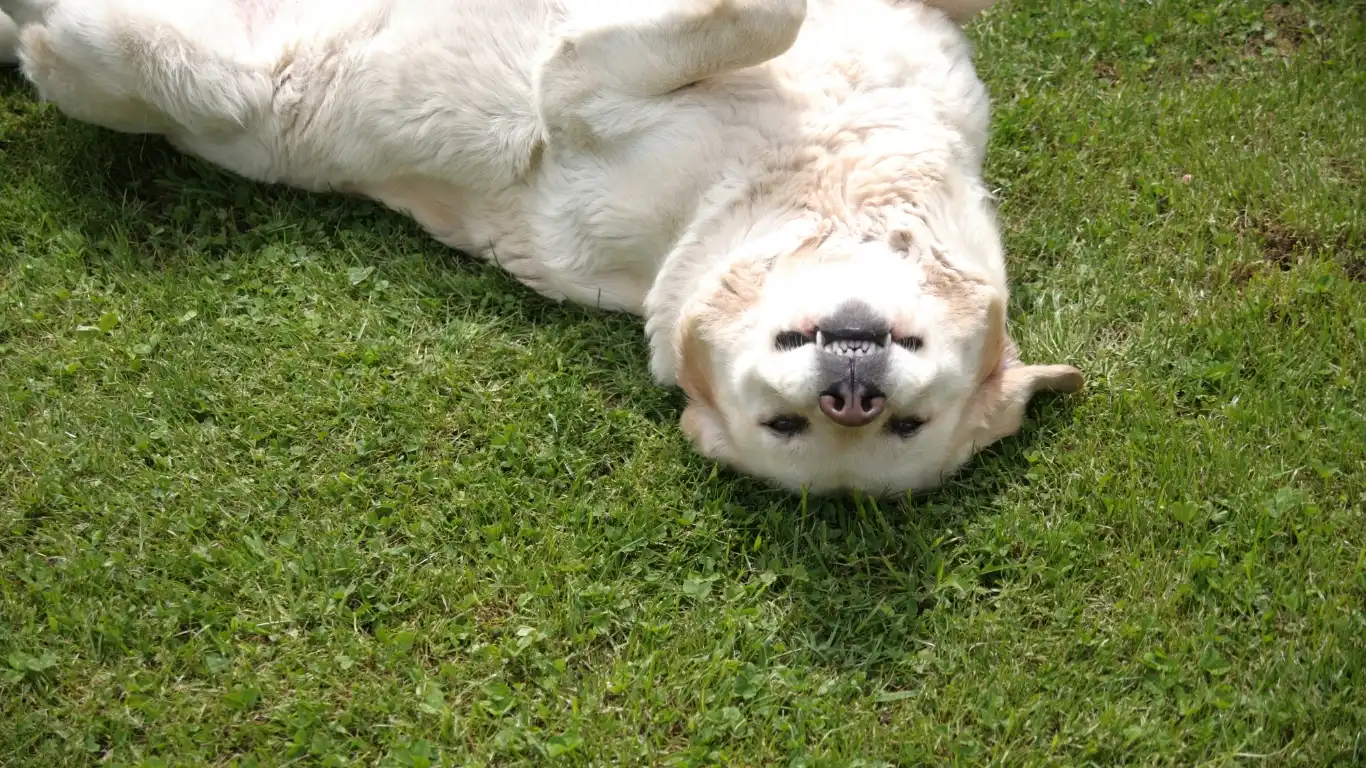
So how do you make enrichment a habit, not just a weekend project? It starts with small, doable actions built into your daily routine. Just like brushing your dog’s teeth or feeding them dinner—it becomes second nature. Here are some tips that worked for my own clients and even my own crazy Labrador, Moose:
- Rotate toys weekly to keep things fresh
- Use mealtime as enrichment time—ditch the bowl and go for a puzzle or scatter feeding
- Keep a stash of DIY ideas handy—empty egg cartons, cardboard boxes, and paper towel rolls can all become enrichment tools
It’s not about being perfect, it’s about being intentional. And when you see the shift in your dog’s behavior? You’ll never go back.
Common Mistakes When Using Enrichment (And How to Avoid Them)
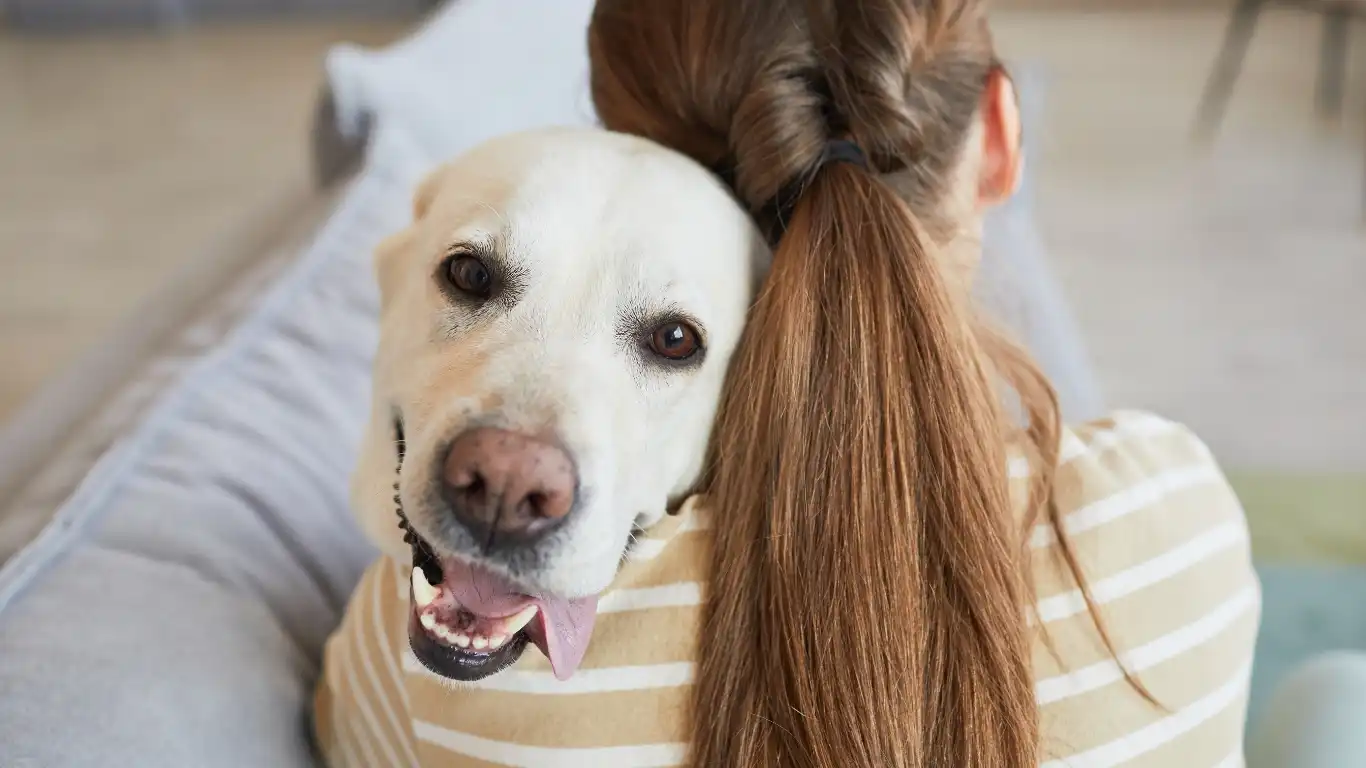
Alright, let’s be real—enrichment isn’t just tossing a squeaky toy in the living room and calling it a day. I’ve seen so many pet parents (with the best intentions) get discouraged because their dog didn’t instantly love a puzzle toy or ignored a lick mat like it was yesterday’s kibble. That doesn’t mean enrichment doesn’t work; it just means the approach needs tweaking.
One Size Doesn’t Fit All
One of the most common things I see as a vet tech is people assuming all dogs enjoy the same activities. Nope. Some pups are natural diggers, others are sniffers, and a few just want to chew on something all day. Like my buddy’s Husky, Arlo—he couldn’t care less about food puzzles, but give that dog a sand pit and he’s in heaven.
Tip: Watch your dog’s natural tendencies. Are they constantly sniffing on walks? Try scent trails or DIY nosework games. Obsessed with chewing? Frozen carrots or a sturdy chew toy might hit the spot.
Too Much, Too Soon
Another hiccup? Trying to do all the enrichment things at once. I’ve seen this burnout happen often. You buy six new interactive toys, plan a “snuffle scavenger hunt,” set up an agility course—and your dog just stares at you like, “You good?”
Start small. Even five minutes of sniffing around the yard or a food-filled toy during dinner can make a noticeable difference. Build on success, not overwhelm.
DIY Enrichment Ideas That Don’t Break the Bank
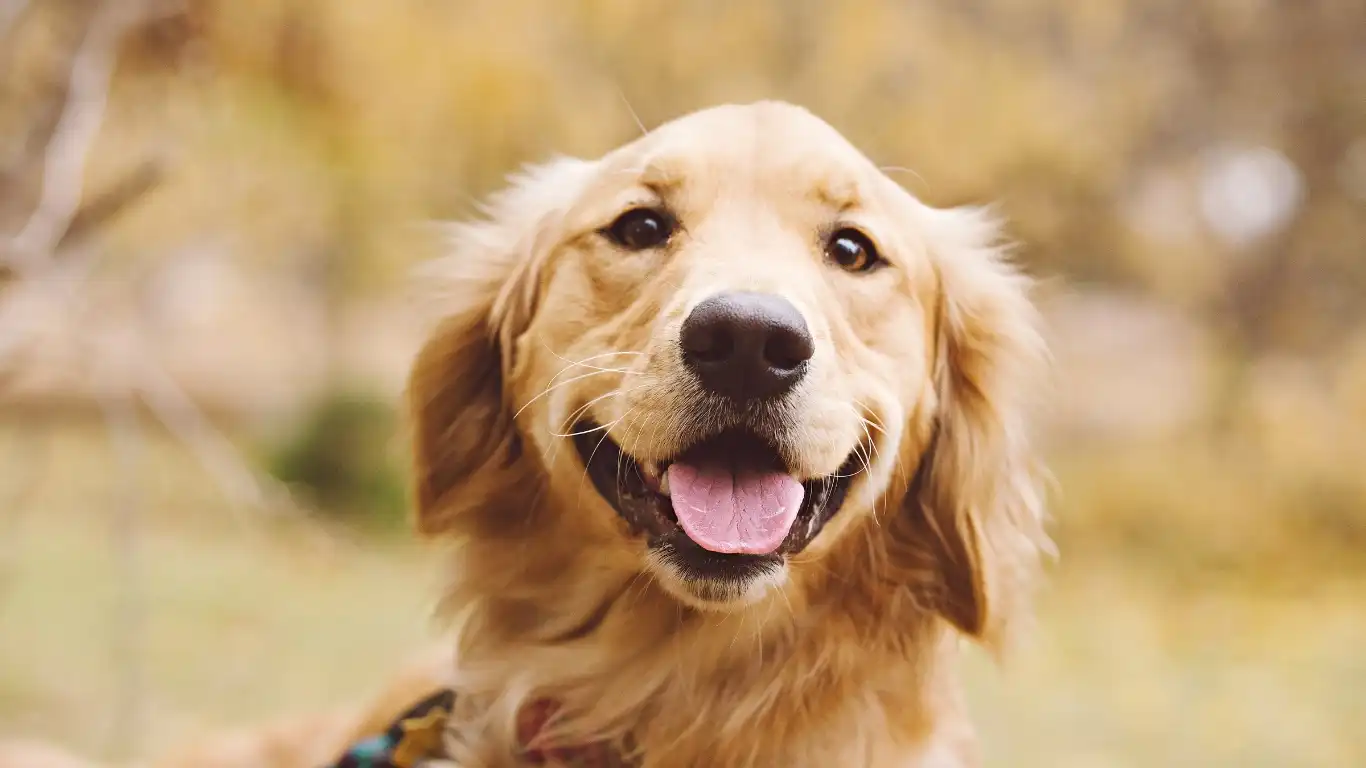
You don’t have to spend a fortune to make your dog’s life more enriching. Honestly, some of the best stuff I’ve seen clients use came from the recycling bin or the pantry.
Easy (and Cheap) DIY Enrichment Hacks
- Muffin tin puzzle: Place kibble or small treats in each section, cover with tennis balls, and let your dog figure out how to move them.
- Frozen treat blocks: Fill an ice cube tray or muffin tin with broth, water, and bits of meat or veggies, then freeze. Perfect for hot days and high-energy pups.
- Towel burrito: Roll up some treats in a towel like a burrito and let your dog unroll it with their paws and nose.
- Box treasure hunt: Use an old cardboard box, toss in some crumpled paper and a few treats, and let them dig through it.
I used to keep a basket labeled “Boredom Busters” in my kitchen filled with things like cardboard tubes, treat balls, and random enrichment bits. It saved me more times than I can count on rainy days or after long shifts.
How Nutrition and Enrichment Go Hand-in-Paw
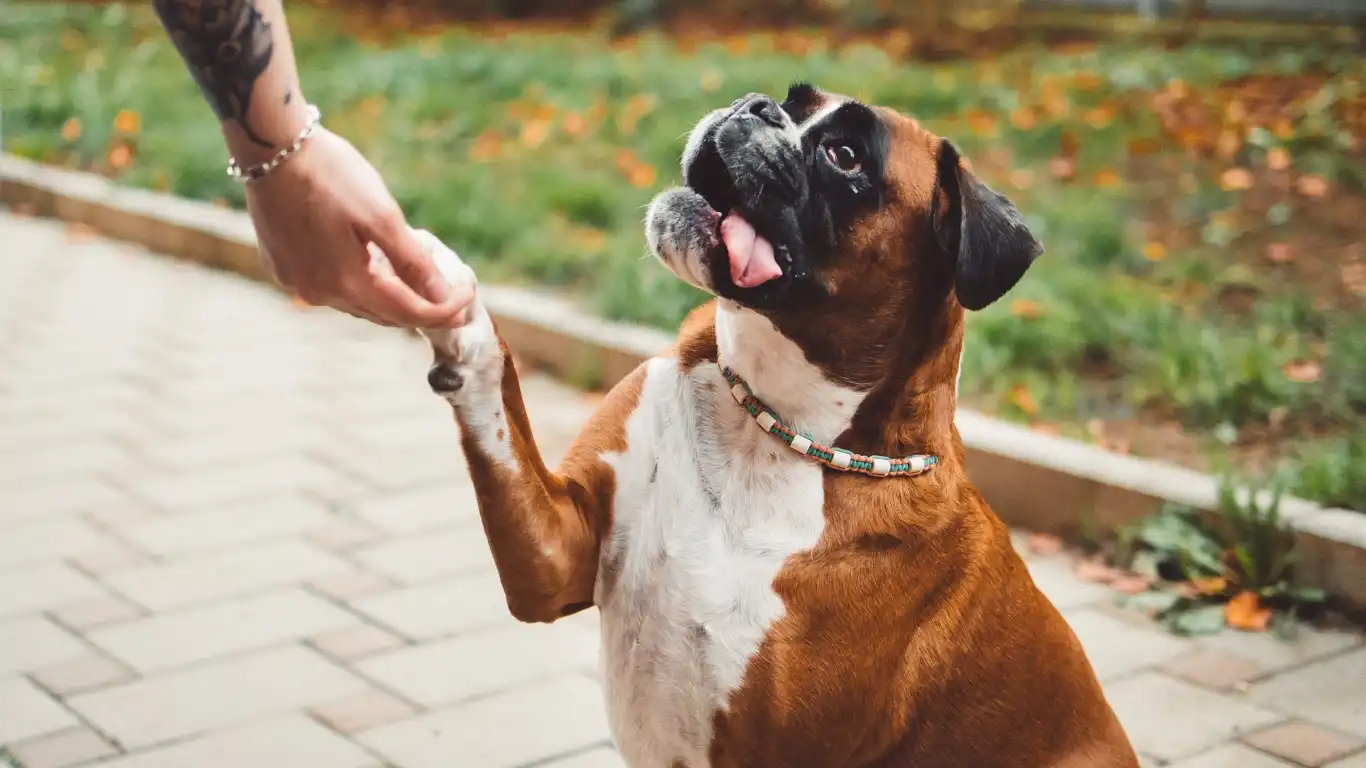
Let’s talk about one of my favorite topics—nutrition. Enrichment and nutrition are more connected than most people realize. A well-balanced diet supports your dog’s energy, focus, and mood—making them more receptive to enrichment. And vice versa, enrichment helps dogs digest better, especially when they’re mentally calm and emotionally settled.
I had a case in the clinic—a young Boxer with constant loose stools and pacing behavior. His family had tried changing his food multiple times. But once we added consistent mental games and used slow feeders, his behavior and GI issues dramatically improved. Turns out, stress was playing a bigger role than we thought.
Enrichment Through Feeding
Don’t forget: feeding time can be enrichment time. You’re not “spoiling” your dog by turning meals into a mental workout—you’re meeting a biological need.
- Use a treat-dispensing ball or wobble toy instead of a standard bowl
- Scatter feed meals around the yard or house for natural foraging
- Layer wet food, dry kibble, and a bit of broth in a Kong for a satisfying mealtime puzzle
And for my nutrition nerds (you’re my people), consider adding omega-3s or calming supplements into enrichment meals—especially for dogs prone to anxiety. Always check with your vet or a certified nutritionist first, of course.
When to Bring in the Pros
There’s absolutely no shame in needing a little backup. If your dog is showing serious behavioral issues—like aggression, extreme anxiety, or obsessive behaviors—it’s a smart move to team up with a pro.
Who to Call
- Certified professional dog trainers with a positive reinforcement approach
- Veterinary behaviorists for more complex or clinical issues
- Certified canine enrichment specialists (yes, that’s a thing!) who can tailor a plan to your dog’s unique needs
And of course, always loop in your vet if you suspect a medical reason behind behavioral changes. I’ve seen dogs diagnosed with thyroid imbalances or GI issues that were first mistaken for “bad behavior.” Your dog isn’t giving you a hard time—they’re having a hard time.
Tailoring Enrichment to Your Dog’s Life Stage
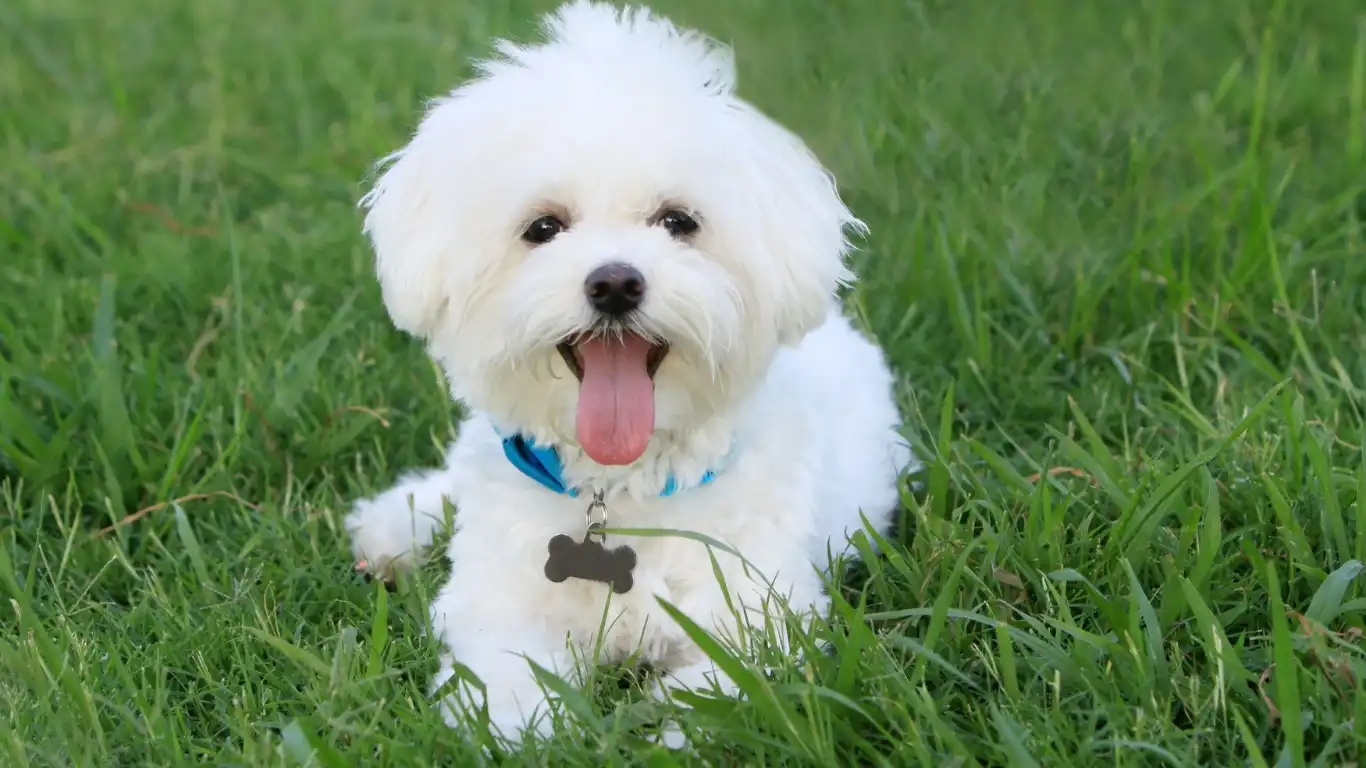
Just like us, dogs go through life stages—and their enrichment needs change along the way. A hyperactive adolescent pup? Totally different game than a mellow senior with a few creaky joints. I always tell my clients that age isn’t a limitation—it just means we adapt our tools to match their body’s pace and their brain’s curiosity.
Puppies: All About Exposure and Exploration
Puppies are like little sponges (with very sharp teeth). This is prime time to introduce gentle enrichment that builds confidence and curiosity. Think soft puzzle toys, shallow snuffle mats, and simple sensory experiences. Hide a treat under a towel, let them sniff out new textures, or set up a mini obstacle course in your hallway with cushions and broomsticks.
I remember working with a new puppy owner who thought her pup was “bad” because he kept chewing the baseboards. We switched up the routine, added frozen chew options, and gave him safe digging spots. A week later? No more baseboard nibbling—and a much calmer puppy.
Adult Dogs: Keep It Challenging
By the time your dog hits adulthood, they’re ready for a bit more mental heavy lifting. These are the dogs that thrive on advanced puzzles, complex scent work, and creative foraging games. Don’t be afraid to rotate toys or level up the difficulty over time.
And here’s a tip from my nutrition side of the brain—mealtime enrichment keeps adult dogs leaner and more engaged, especially if weight management is a goal. A slow feeder bowl or a treat maze turns a regular meal into a 15-minute brain workout.
Senior Dogs: Gentle, But Meaningful
Senior dogs might not be chasing flirt poles across the yard, but that doesn’t mean they don’t crave engagement. In fact, mental enrichment can help delay cognitive decline and keep older dogs emotionally balanced. Use scent-based games, low-impact food puzzles, or hide-and-seek with soft toys.
We had a sweet old Pug named Max who couldn’t see well and had arthritis, but still lit up when we filled a muffin tin with smelly treats and tennis balls. He’d nudge his way through each section slowly—but with total focus. It gave his day structure and purpose. Honestly, I think he loved it more than his walks.
How Enrichment Helps You Too (Yep, You!)

Let’s flip the script for a second. We’ve talked a lot about what enrichment does for your dog—but can I just say, it also makes life easier and more rewarding for you as a pet parent? Seriously. Once you start leaning into enrichment, daily routines get smoother, problem behaviors fade, and the bond between you and your dog deepens in the best way.
More Calm = Less Chaos
When dogs have a healthy outlet for their energy and instincts, they’re just… better roommates. Fewer chewed shoes. Less barking at the neighbor’s cat. I’ve had clients tell me they were ready to rehome their dog—until they added enrichment to the mix. Within a couple weeks, they were seeing the sweet, relaxed side of their pup that had been buried under stress and boredom.
Stronger Bond, Better Communication
Enrichment time is bonding time. Whether it’s a sniffari walk or a DIY puzzle on the kitchen floor, these moments build trust and connection. Dogs feel understood. You feel less like a referee and more like a teammate. That mutual understanding makes training easier, too—win-win.
Final Thoughts: It’s All About Intentional Living with Your Dog
If there’s one big takeaway here, it’s this: learning how to use enrichment to improve dog behavior isn’t about doing “extra” stuff—it’s about doing the right things that speak to who your dog is as a species and as an individual.
Dogs don’t want constant stimulation—they want meaningful engagement. A five-minute scent game that taps into their instincts is way more fulfilling than an hour of frantic fetch. You don’t need fancy gear or hours of free time. You just need curiosity, consistency, and a willingness to observe what lights your dog up.
And hey, if you ever feel stuck? Reach out. Veterinary professionals, trainers, and enrichment specialists are here to help you navigate this journey. Your dog deserves it—and so do you.
References
- American Veterinary Medical Association
- Certification Council for Professional Dog Trainers
- Pet Food Institute
- American Society for the Prevention of Cruelty to Animals
- Fear Free Pets
Disclaimer
This article is intended for educational and informational purposes only and does not substitute professional veterinary advice. Always consult your veterinarian or a certified pet behaviorist before introducing new enrichment methods, especially if your dog has medical or behavioral conditions.




